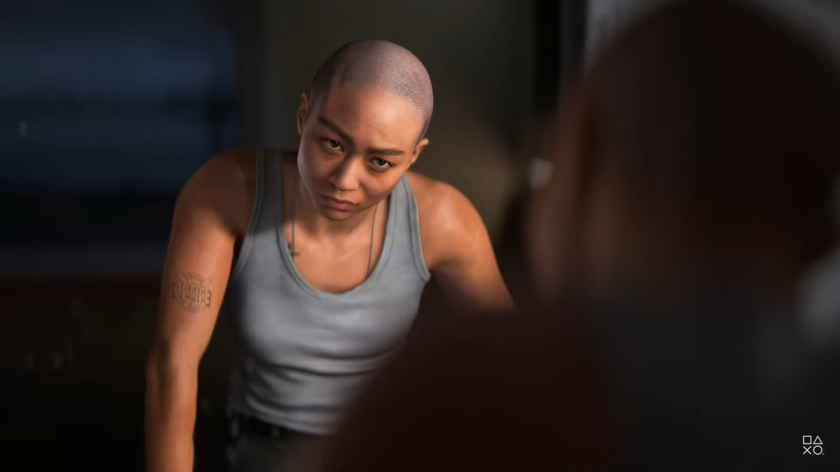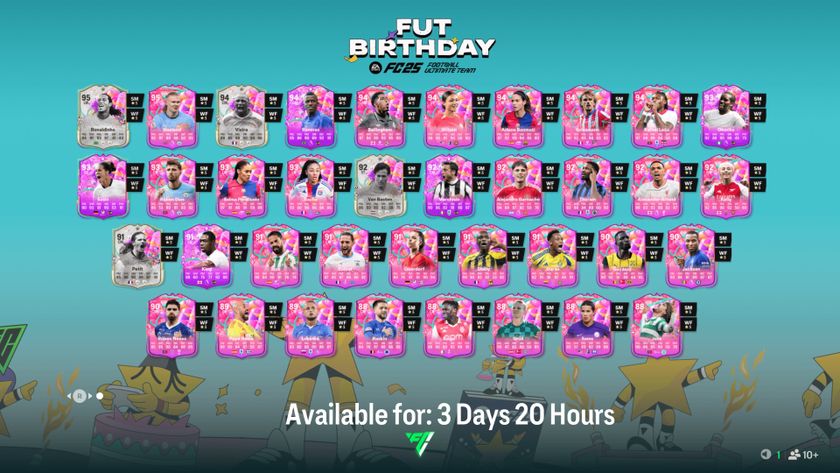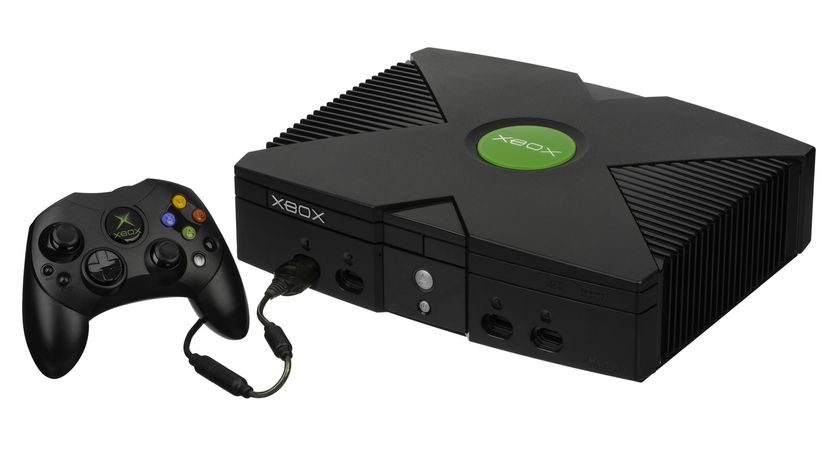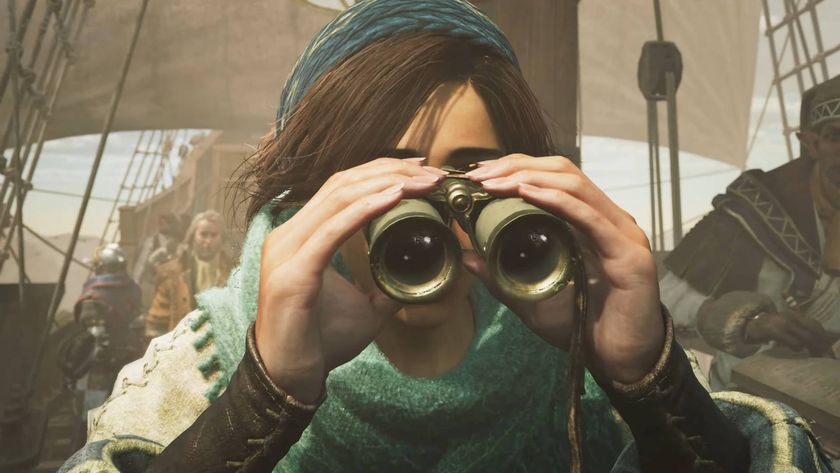Does the dramatically changed Xbox One deserve a second chance?
Or is it too little, too late from Microsoft?
It hasn’t quite been three months since the Xbox One was announced, but Microsoft’s next-gen console is already a radically different machine to the one we first saw at the end of May. Following a luke-warm reveal and a disastrous E3, where Xbox was rejected by gamers and openly mocked by Sony, the U-turns have come thick and fast. They've spawned plenty of memes--‘Xbox 180’ being the most popular. Joking aside, there’s little doubt that the new version of Xbox One is much more aligned with the demands of gamers, but does it deserve that second chance Microsoft is so obviously craving?

First off, let’s look at exactly what has changed. We heard yesterday that Xbox One no longer needs Kinect to function, essentially eradicating the need for the expensive next-gen motion-sensing peripheral. The ability to navigate and communicate using Kinect is still there, but it’s now optional, rather than mandatory. When it was first revealed back in May, Microsoft said that Kinect would be constantly ‘on’, monitoring your interactions with Xbox One. However, following concerns about privacy, this feature was quickly rescinded too.
Now, let’s take a look at these Kinect U-turns for a moment. While the ability to switch Kinect off will no doubt alleviate fears about privacy invasion, it’s more damage limitation than positive PR. However, the fact that Kinect is no longer mandatory is a much bigger deal. It covers up for the crippling lack of decent Kinect exclusives available at launch--Ryse looks average at best, and the rest is a heated mixture of dancing games and old sports titles--but more importantly, it paves the way for a potential pre-launch price drop.
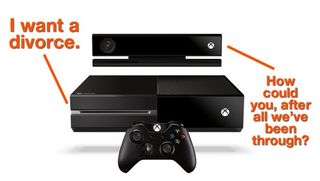
If Kinect is no longer a requirement for the day to day running of Xbox One, this means Microsoft now has the option to create a ‘Kinect bundle’, which is likely to be the £429 / $499 console confirmed at E3, and a secondary ‘console only bundle’ that can compete on price with PS4. It’s sensible to assume that removing Kinect could well save Microsoft, ooo, £80 / $100 a pop at launch, creating price parity between Xbox One and PS4. Interestingly, there’s speculation that Sony will reveal PS4 / PS Vita bundles at GamesCom, whereas Microsoft may confirm a console only option. We could be looking at a scenario where you’ll be able to get PS4 + Vita or an Xbox One with Kinect for £429 / $499, and either a regular PS4 or Xbox One for £350 / $399.
Offering different buying options, and creating price parity with PS4 would definitely be a reason to give Xbox One a second chance. Reports suggest that the next-gen consoles are fairly equal in terms of both hardware and game line-ups, so paying more for either seems ludicrous. However, this is all dependent on Microsoft ditching Kinect and offering a lower-priced Xbox One on its own. Which is yet to happen.

Removing mandatory Kinect features is the second biggest U-turn since reveal. The most significant is Xbox One’s online and sharing policy. When the console was first revealed, Microsoft was adamant that 24-hour online checks would be required to combat piracy. Not only that, but you wouldn’t be able to play your games from other consoles or accounts, and that publishers would have the power to lock out second-hand sales. Well, all this has gone: chalk up a win for the vocal majority.
Microsoft’s newer, more relaxed stance on DRM and game ownership, brings Xbox One very much in line with PS4. Some would argue that there’s little to stop the company implementing more draconian policies in the future, but then again, there’s nothing to stop Sony doing exactly the same thing. Even more so than Xbox 360 and PS3, the next-gen consoles will evolve over time to suit the needs and behaviour of an increasingly media-hungry consumer, so the Xbox Ones and PS4s of 2018, will be very different machines to the ones we see at launch in 2013.
Sign up to the 12DOVE Newsletter
Weekly digests, tales from the communities you love, and more
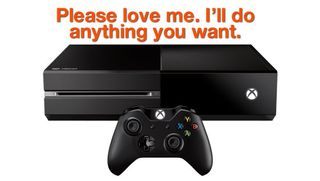
Both companies are in this for the long game, and Microsoft more than Sony has demonstrated that it wants to shake things up and take gaming to new places. Whether through bad PR, or by misunderstanding the demands of their actual customers, there’s little question that Microsoft’s forward-thinking ideas struck the wrong note. Right now, we’re either unprepared for, or flat out don’t want, some of the things Xbox One was originally designed to do.
However, Microsoft’s next-gen ambitions and subsequent willingness to alter its vision based on the demands of us, the gamers, should serve as a very compelling reason to give Xbox One a second chance this November. While the fact that they’re merely going to be competing with, or offering parity with, Sony’s PS4 probably won’t change your mind (or indeed, your pre-order), it’s Microsoft’s readiness to shape the ever changing Xbox One around your needs that makes us think that the console has earned a ‘second chance’.
You know that randy goat at parties who talks too much? Drink in hand, way too enthusiastic, ponderously well-educated in topics no one in their right mind should know about? Loud? Well, that goat’s occasionally us. GR Editorials is a semi-regular feature where we share our informed insights on the news at hand. Sharp, funny, and finger-on-the-pulse, it’s the information you need to know even when you don’t know you need it.
